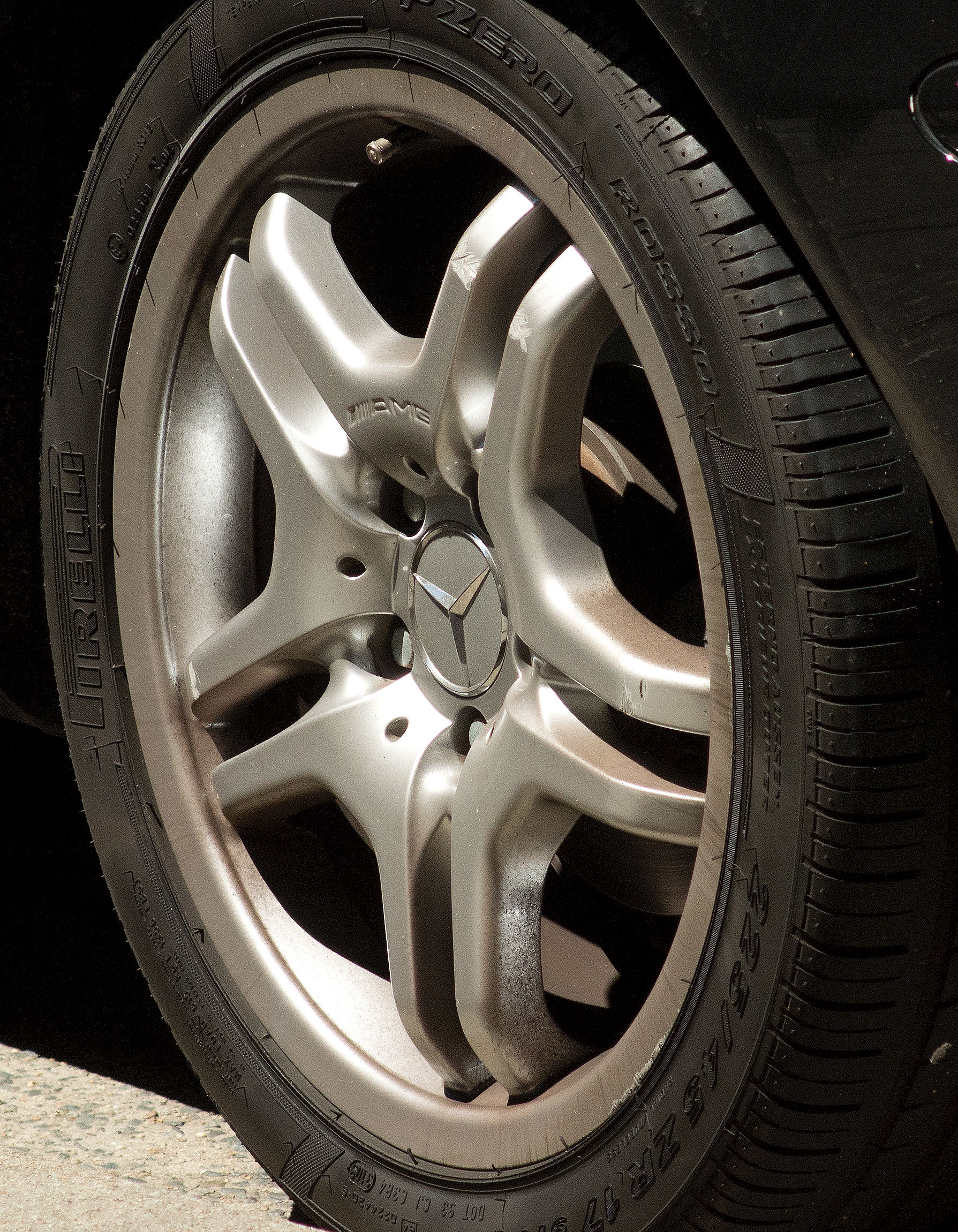Finally found some time to play with this combo over the weekend, and it’s a very interesting way to shoot.
First of all, the adapter: it’s a fairly simply device: essentially a spacer to provide the extra flange to focal plane distance that’s absent in the V1’s (and J1’s) MILC configuration.
The camera requires at least the V1.10 firmware in order to recognise the adapter. Very early production versions of the camera may need to have their firmware upgraded. This is a very easy task, requiring a download from the Nikon site and the following of a few simple steps.
As well as a physical spacer, the adapter contains a set of electrical contacts that convey the camera-to-lens and lens-to-camera communications that are needed. There’s also a motor that permits the lens’s aperture to function.
There is no AF functionality for AF-D lenses, however; lenses that require the focus motor to be contained within the camera’s body may only be focused manually. This is not a major issue however, as focus indicators are provided in the camera’s viewfinder to assist you to attain proper focus.
In use, the adapter adds some bulk to the V1 package, making it thicker and a little heavier. In use, this is not an issue. However, the other important factor in using this camera is that one always needs to be conscious of its 2.7 crop factor. This changes the nature of the lenses you’ll be using, to the point where even something like a 24mm f/2.8 lens effectively becomes a very short telephoto lens.
Consequently, you need to pay closer attention to your camera settings – and especially your ISO and shutter speed – than you might initially consider.
For correct shutter speed selection, for instance, one would generally select a shutter speed that’s no longer than the reciprocal of the focal length of the lens in use. In practical terms, this means that if you have an 85mm lens in use, you would not use a shutter speed slower than about 1/85 of a second. In practical terms, 1/100 sec would probably be the selection.
But with the 2.7 crop factor, your angle of view with the 85mm lens actually equates to that of a 230mm lens, and thus you might be more correctly looking at a minimum shutter speed selection of 1/250. Anything slower than that and you invite the risk of camera shake.
And the issue only becomes greater as you use longer lenses; this is an accessory that, truly, invites the use of your tripod as well.
With those caveats in mind, the adapter is very easy to use, and offers you the use of almost all of your legacy Nikon F-Mount lenses on the new N1 class of bodies. Consequently, if you’re not happy with the quality of the N1 class of lenses – or if you just don’t want to buy the dedicated lenses – you can just buy the FT1 and use your existing lenses.
In the shooting I engaged in, my goal was very simple: I merely wished to see how well the camera’s sensor seemed to handle lenses that I knew to be of excellent quality. The new cameras introduced a new sensor and a set of new lenses, and while it all seemed to me to be of a very high standard, I had nothing that I could truly judge them against.
By using my existing Nikkor lenses with the FT1, I now had the ability to use a lens of known quality, and assess the results accordingly.
Please continue on to view some image samples and my conclusion
